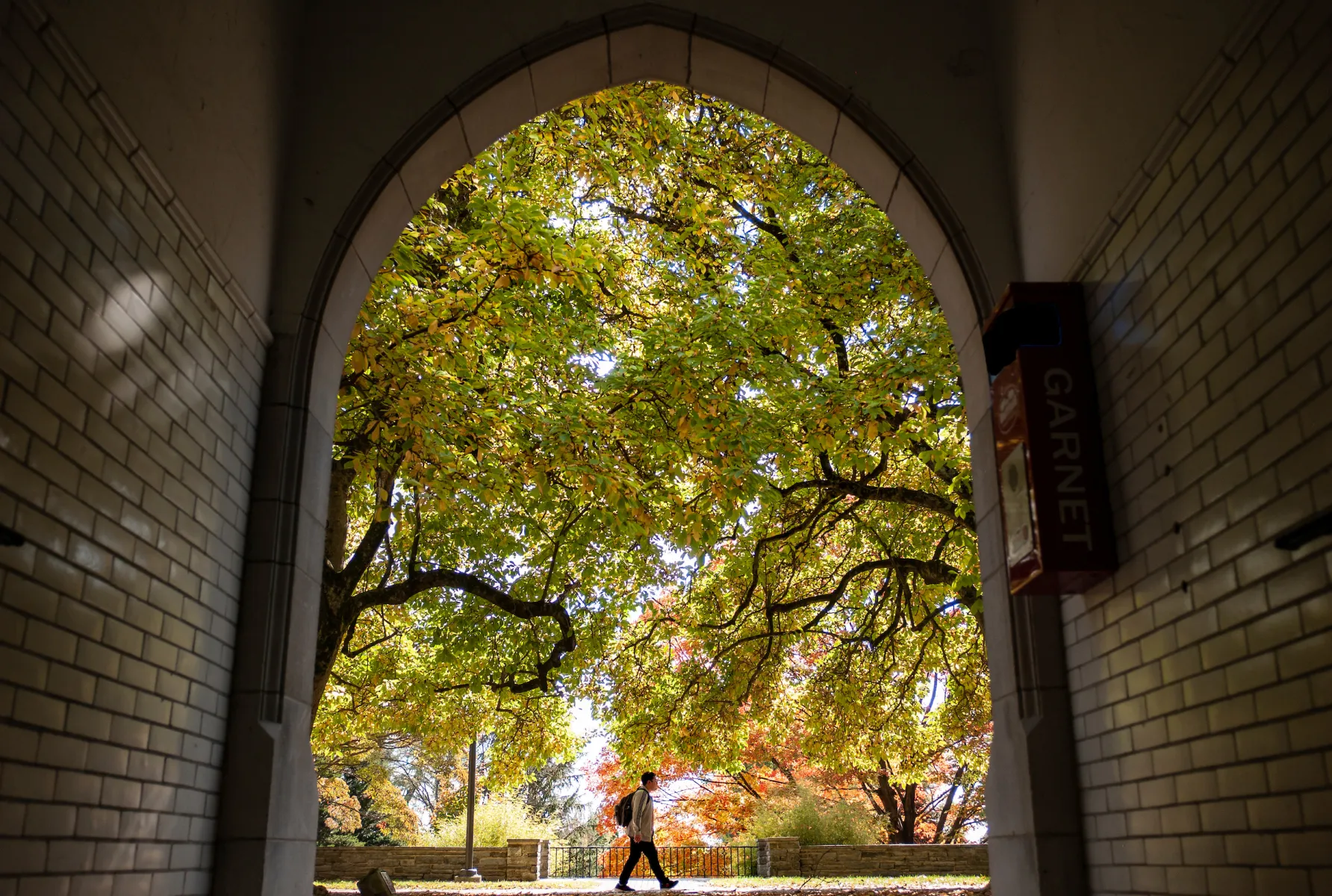Implementation & Resources

The vision of Swarthmore Forward is appropriately ambitious. Swarthmore is one of the preeminent liberal arts institutions in the world, and we will continue to grow and evolve to meet future challenges. Realizing this vision will take diligence, planning, and evaluation over the next decade. Some of the recommendations outlined above are already underway; others can likely be implemented in the short term. After the Board approves the strategic plan in December, the implementation phase will begin in earnest in Spring 2024. The good work undertaken by the community in developing the plan provides a trove of foundational resource materials for the implementation process. These include an analysis of the broader environment of higher education, records of community consultations, surveys of peer practices, working group notes, research and analyses, inventories of College activities and initiatives, and an excellent report from the working group co-chairs, which synthesized findings into not just strategic priorities, but well-developed ideas and suggestions for specific initiatives that will help us to realize them.
Transforming a strategic vision into reality requires resources. The strategic plan is a healthy mix of visionary thinking about how to position our community best to be effective in the world in which we live, proposed programs we plan to undertake to meet our goals, and the consolidation and alignment of existing programs. Our vision will require a combination of reorganization and reprioritization of existing programming; a commitment of new funds in our budget; a focused, intentional fundraising effort to fund key initiatives; and intentional financial planning that balances the day-to-day pressures we face with the need to evolve into the future.
While we have outlined ambitious plans, we do so with an eye toward affordability and financial sustainability. Some initiatives critical to our vision are ongoing (such as the Textbook Affordability Program and the SEPTA Key Access Program) and will not require additional resources. Other initiatives are enhancements of existing programs. For example, many students have access to an experiential opportunity at Swarthmore; however, some students do not take advantage of these programs for various reasons, including barriers to funding. Our vision is to expand these opportunities so that every Swarthmore student has a chance to connect their academic program to real-world problems and applications. Finally, several initiatives will require additional resources, such as instituting a College-sponsored gap-year program for newly admitted students, establishing a Swarthmore program in other cities, and adding new tenure-track faculty. As we enter into the implementation phase of the strategic planning process, we will evaluate the cost of implementing new or expanding existing programs and initiatives and determine the best financing mechanism to achieve our goals.



